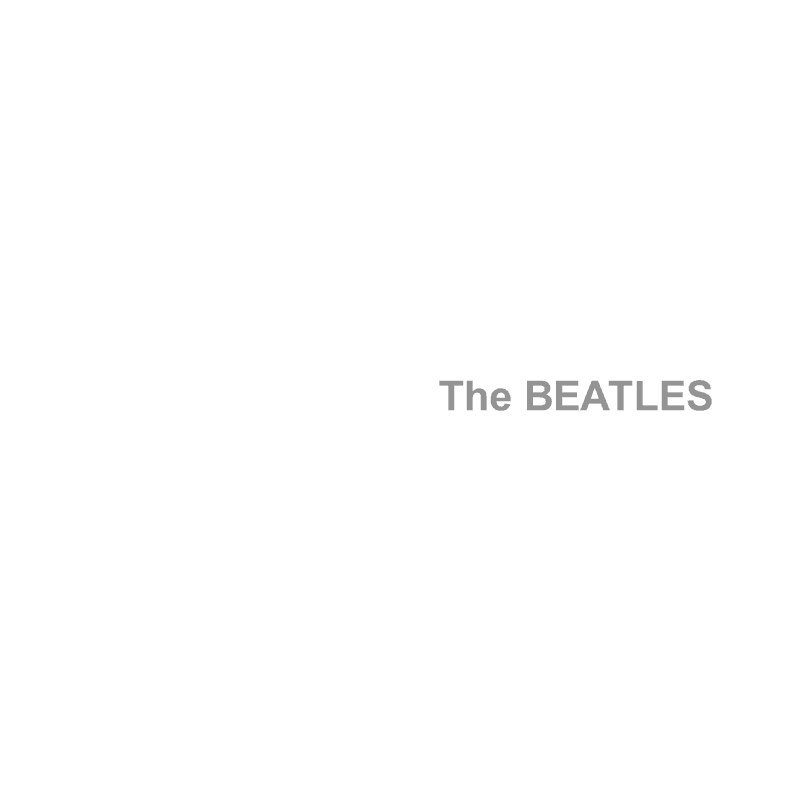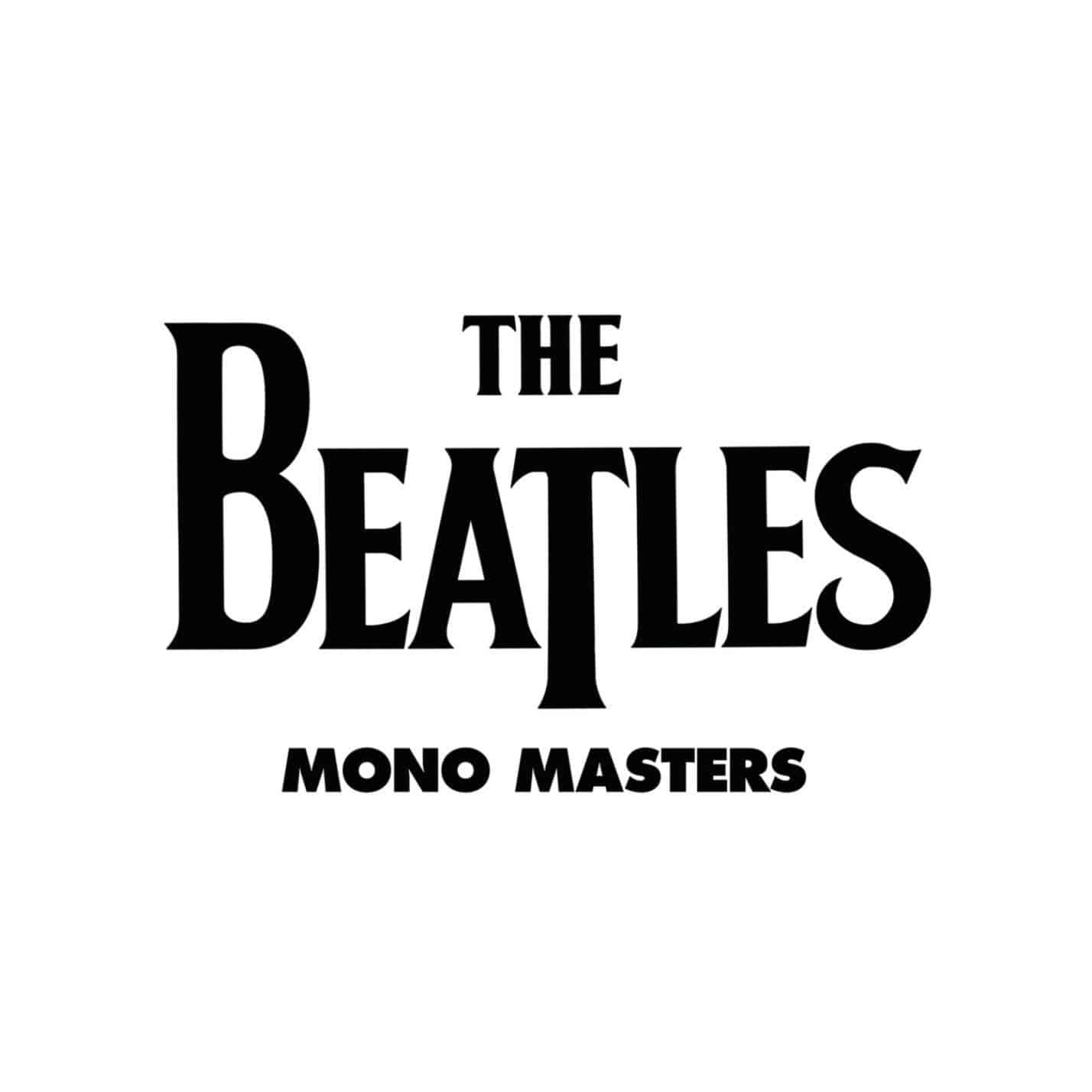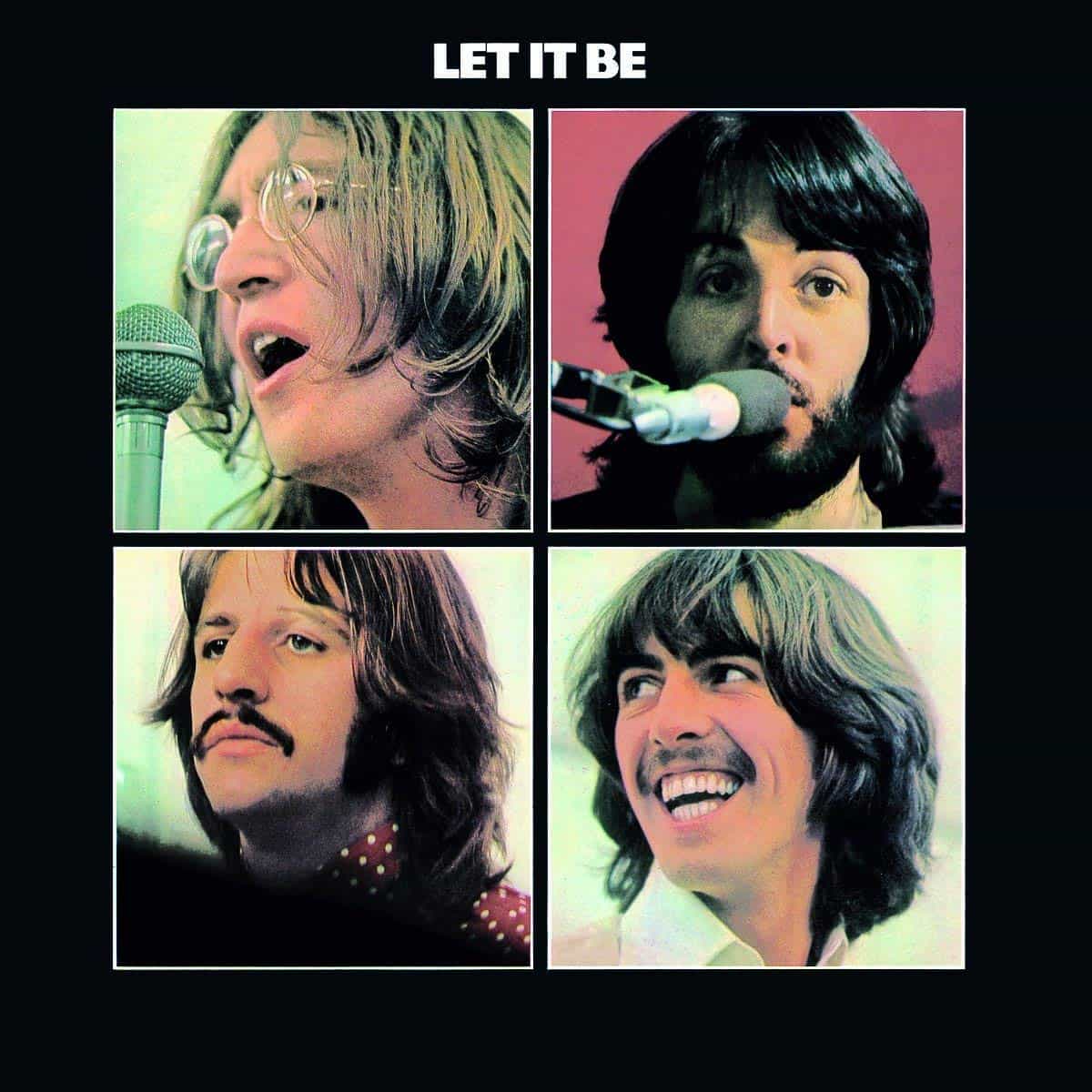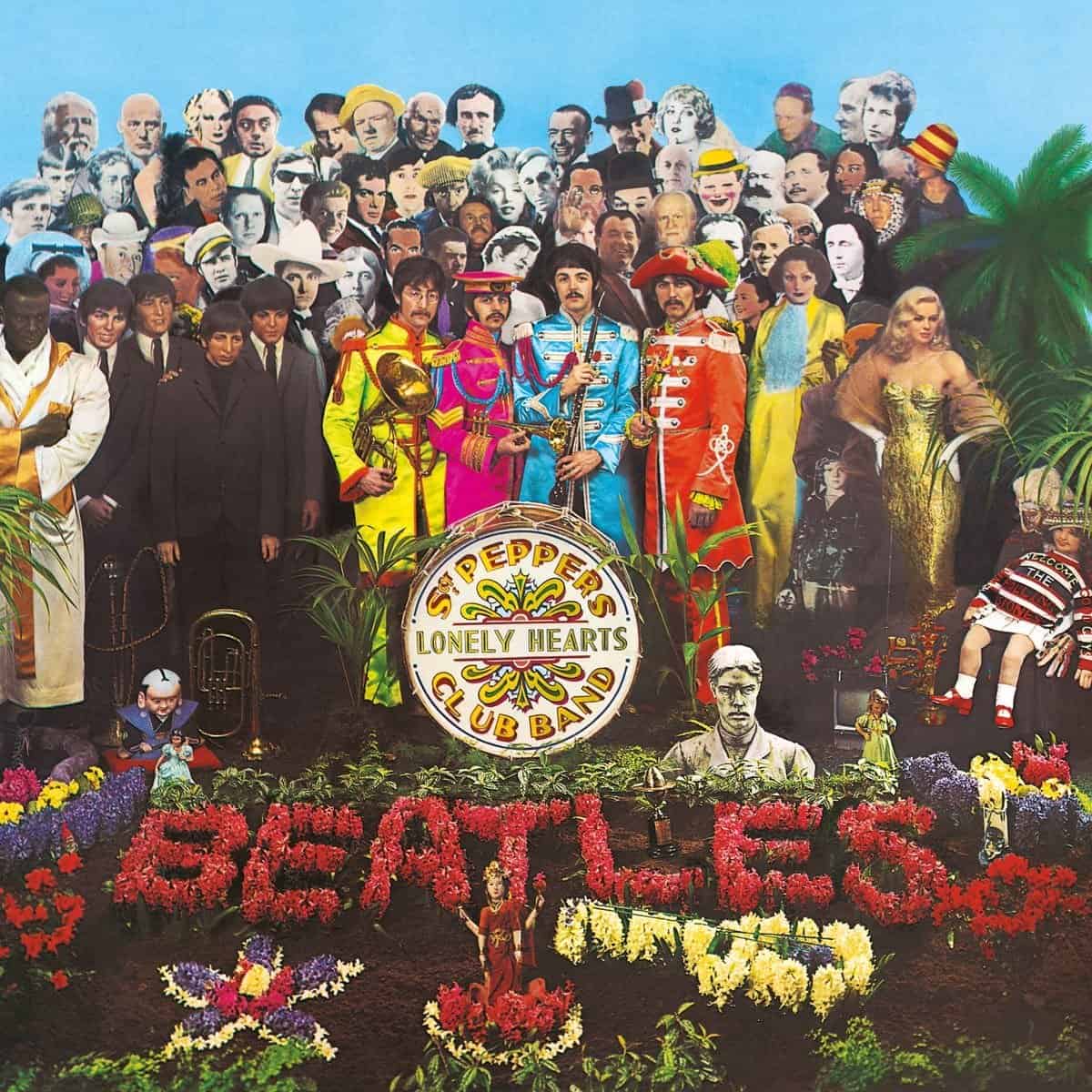Marketplace
2014 Apple Records PRESSING
- Catalog Number 5099963380415
- Release Year 2014
- Vinyl Mastering Engineer Sean Magee and Steve Berkowitz
- Pressing Weight 180g
- Vinyl Color No
- Jacket Style Single
- 100% Analog Mastering Yes
- Mono Yes
- Pressing Plant Optimal
- Original Release Year 1966
- Original Label Parlophone
- Original Catalog Number PMC 7009
Everyone loves a list, and no one more so than a record collector. Revolver has always been on most every music lover’s list of the best albums of all time. Rolling Stone currently places it in the third-highest slot, behind only Sgt. Peppers’ Lonely Hearts Club Band and Pet Sounds. MOJO puts it in the same place, trailing Pet Sounds and Astral Weeks. The Guardian inserts it in the second slot. OK, so NME drops it down to number 99. But you get the picture.
In 1965, the Beatles’ Rubber Soul shifted album landscapes away from pop confectionary and towards studio wizardry. Revolver advanced the progression up a notch or two more with a harder, less folksy sound, increased mastery of recording-studio techniques, and incredible songwriting. “Eleanor Rigby” and “Good Day Sunshine” stand as two of Paul McCartney’s finest songs while John Lennon’s “She Said She Said” accounts for why some fans prefer the latter over Macca. “She said, I know what it’s like to be dead” lives in a different universe than “she love you yeah, yeah, yeah.” The other songs on Revolverpossess their own special magic. Indeed, the psychedelic writing of Sgt. Peppers’ Lonely Hearts Club Bandemerges on Revolver in a less overt but equally imaginative way. Plus, the back and forth between Lennon and McCartney compositions is at its most seamless here.
For the original U.S. pressing, the 14 tracks from the U.K. album got reduced to 11, marking the last time Capitol Records butchered a Beatles album for American release. The mono version is almost universally preferred over the stereo edition, which artificially pans the instruments. The 2014 mono reissue, unlike the 2012 stereo Beatles reissues, features all-analog remastering and sounds like it. Revolver has been reissued countless times worldwide, but more often than not in stereo.
Compared to a very early U.K. original pressing, the reissue brings out greater detail—instrumental parts you likely don’t remember being there before are fleshed out and seemingly step forward from the mist. Such enhancement does not sound like the result of frequency adjustment. Rather, improvements in the mastering chain are likely responsible. On the other hand, the original has a wider and deeper soundstage. Keep in mind these are not huge differences. Despite it being a mono recording, the LP possesses a very significant soundstage that amply spreads out the band. It’s just that the effect remains ever so slightly larger on the original.
With either version, a music lover unaccustomed to good mono is likely to ask in disbelief: “That’s mono?” Which version you prefer may come down to whether you place a greater value on detail or soundstage size. And if price is a factor, a truly early U.K. pressing in nice condition will reach well into the hundreds. For all but the well-heeled, the cost will tip the scale in favor of the reissue—and spur no regret. Apple’s 2014 edition is pressed at Optimal in Germany on 180-gram vinyl and quieter than any original. The all black-and-white cover serves as a very accurate reproduction, and you will have to look closely to find any difference with the inserted photos.
Revolver (Mono)

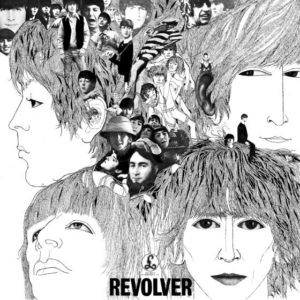
 4
4
